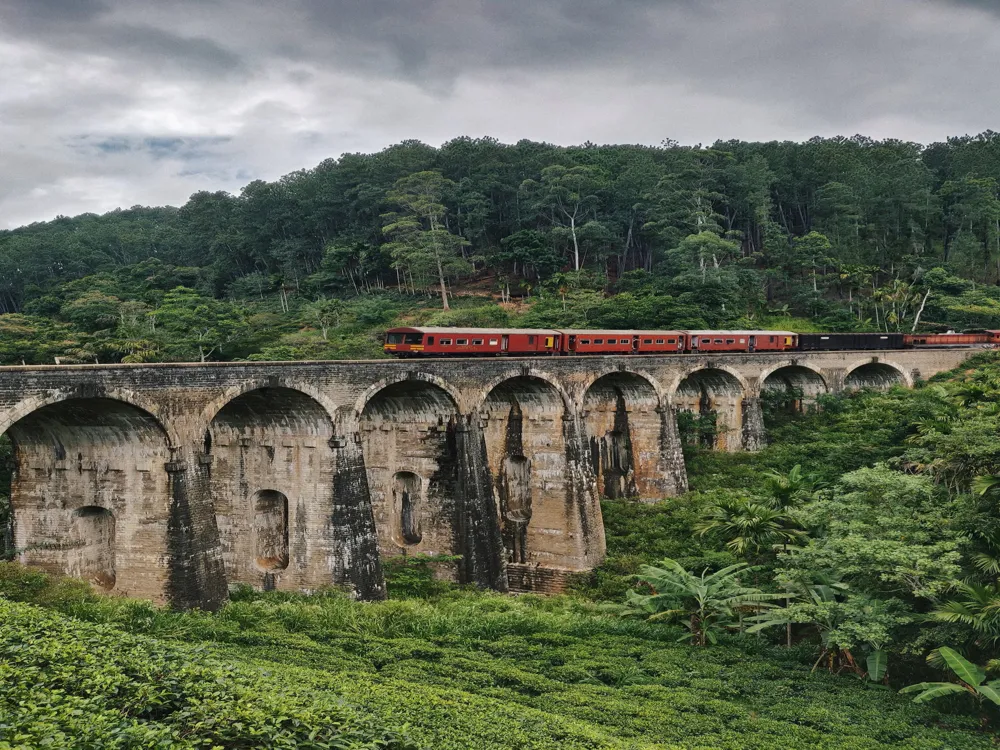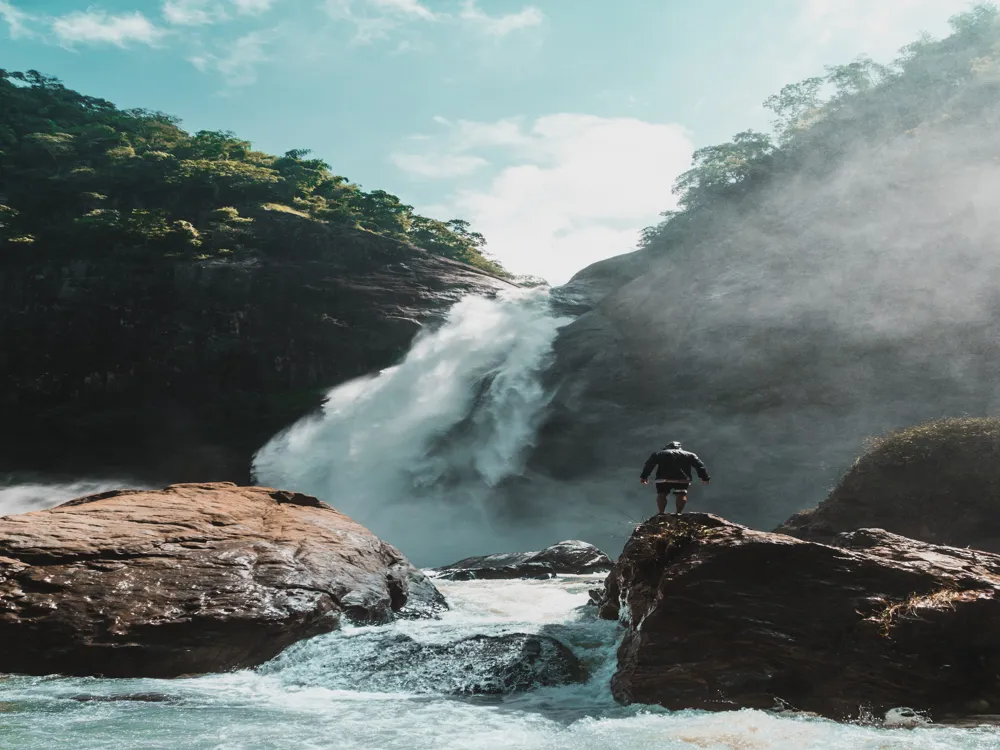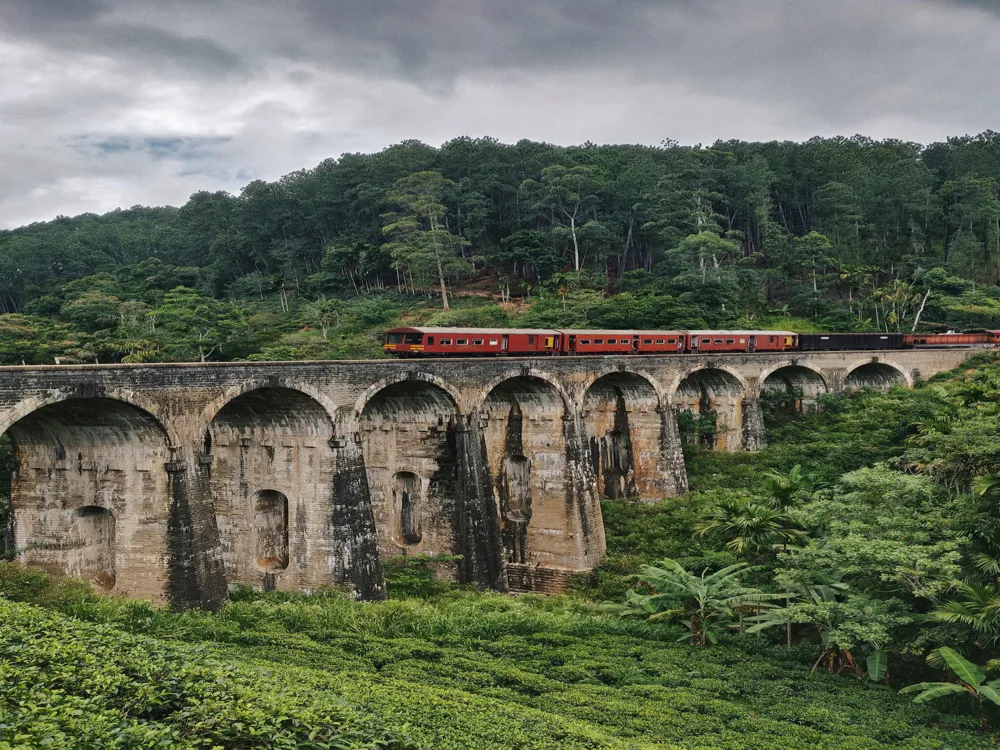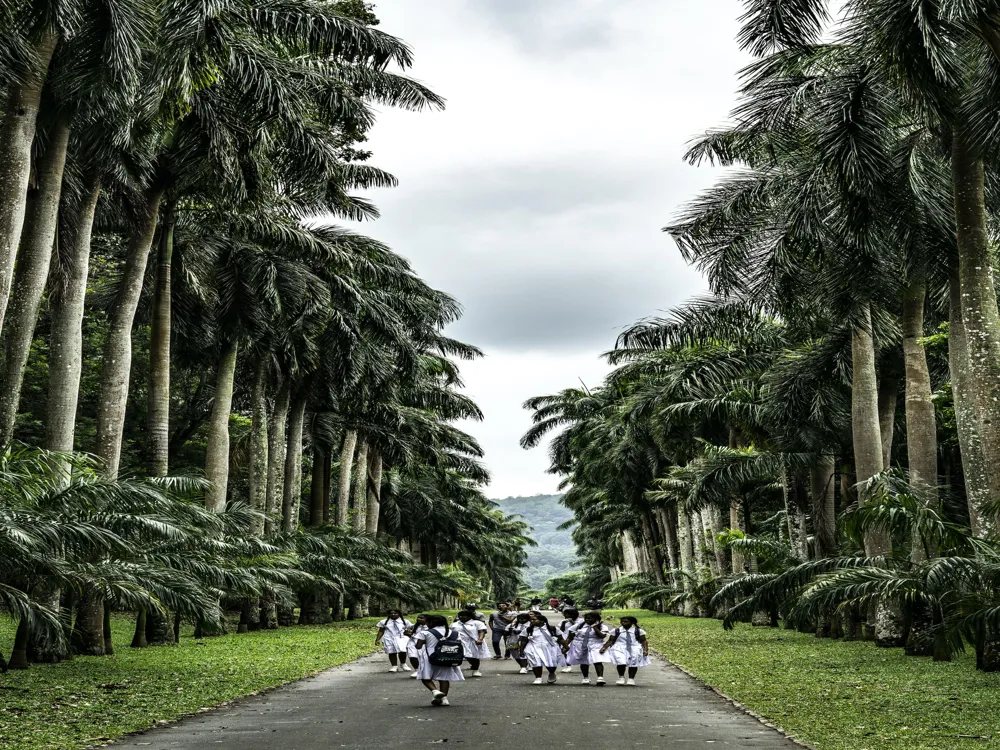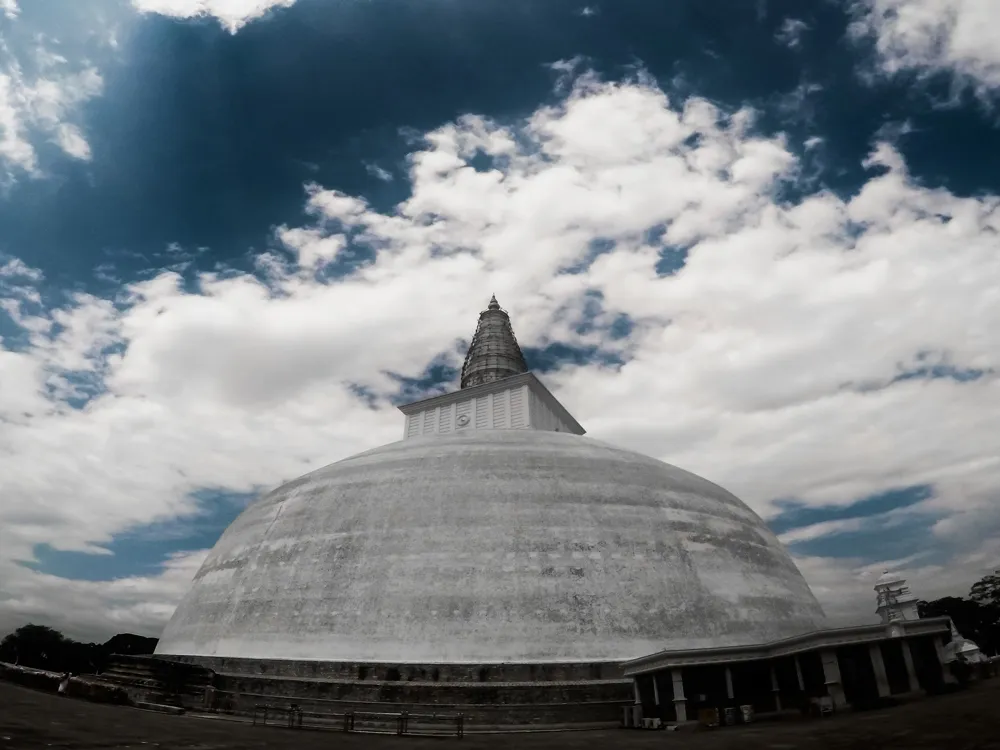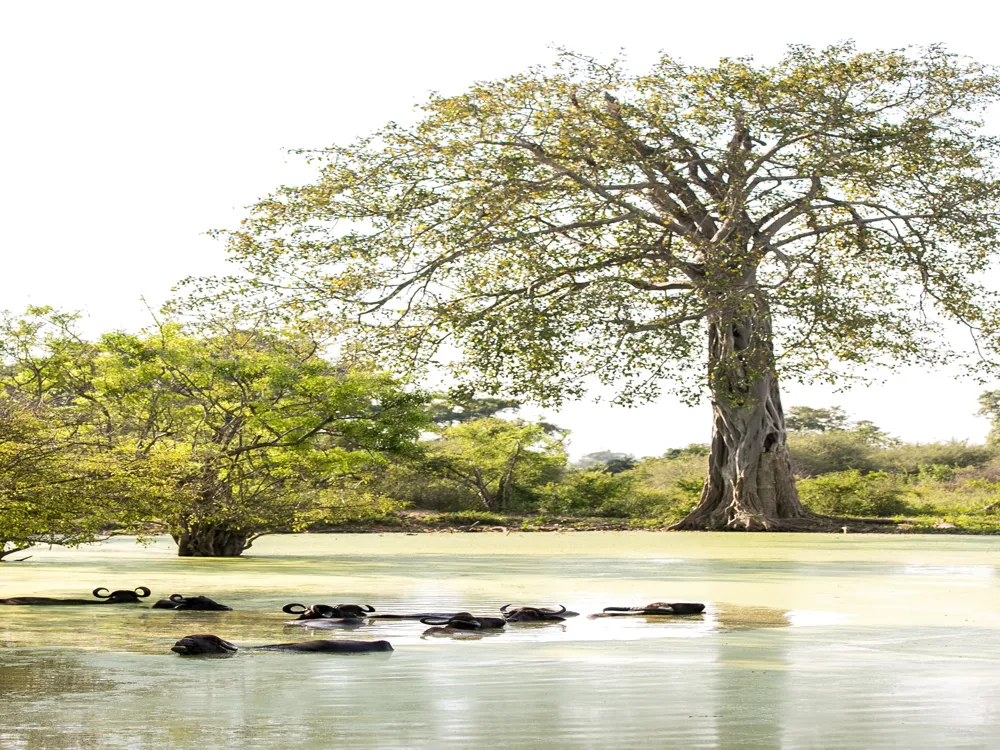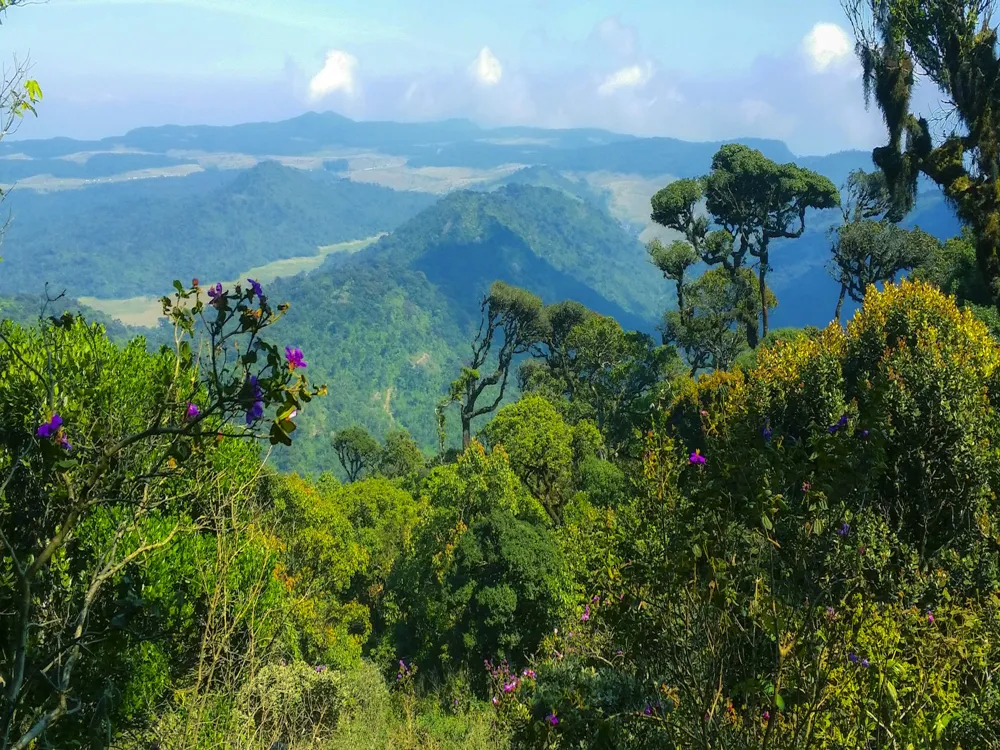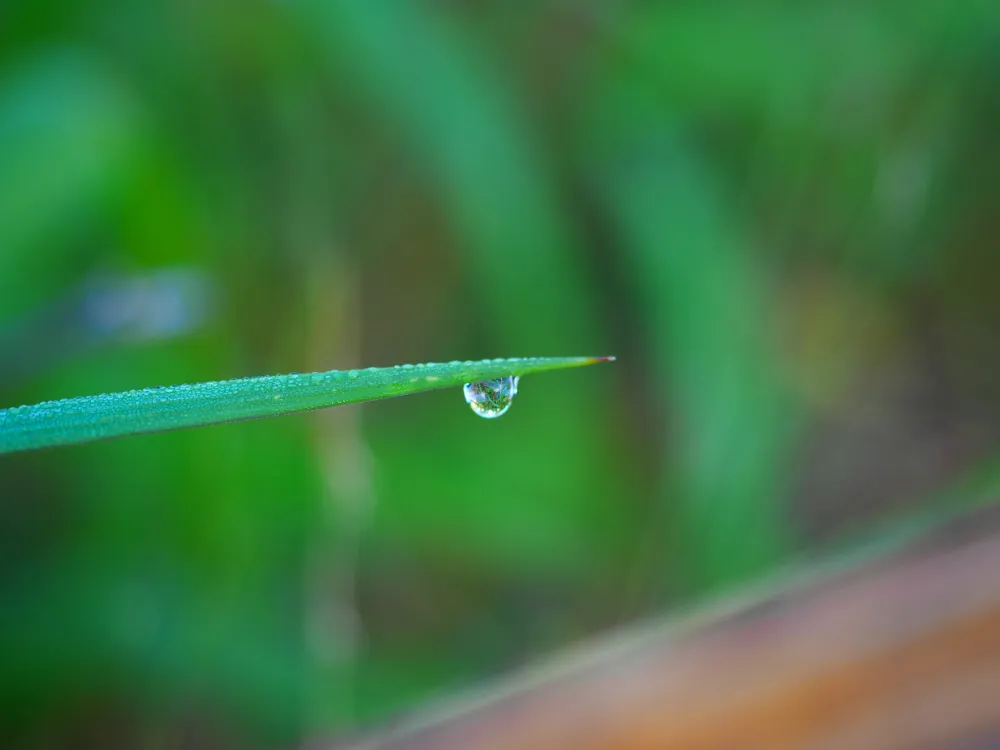Nestled in the lush landscapes of Ella, Sri Lanka, the Ravana Cave holds a special place in both the historical and mythical tapestry of the region. This cave, believed to be over 25,000 years old, is shrouded in the legendary tales of King Ravana from the epic Ramayana. According to folklore, it's said that Ravana, a mighty king with a profound knowledge of medicine and science, used this cave as a hideout. The cave's historical significance is further accentuated by the discoveries of human settlements dating back to the prehistoric period, offering a glimpse into the early human habitation of the island. The cave, situated at an altitude of about 1,370 meters above sea level, presents a captivating blend of natural beauty and historical significance. Its location offers breathtaking views of the surrounding countryside, making it a popular spot for both history enthusiasts and nature lovers. Visitors to the Ravana Cave are often struck by the serene and somewhat mystical atmosphere that pervades this ancient site. The architecture of the Ravana Cave is a remarkable testament to the ancient engineering skills. The cave itself is relatively small, measuring about 50 feet in width, 60 feet in length, and about 30 feet in height. However, what it lacks in size, it more than makes up for in its historical and architectural intrigue. The cave's entrance, shaped like an arch, leads into a narrow passage that opens up into the larger main chamber. This main chamber, believed to be the heart of the cave, shows signs of human modification, suggesting that it was used for habitation or as a place of refuge. The interior of the cave features a series of intricate carvings and paintings, some of which are thought to date back thousands of years. These artworks provide valuable insights into the lives and beliefs of the cave's ancient inhabitants. The natural rock formations within the cave have also been skillfully incorporated into its overall structure, indicating a harmonious balance between human craftsmanship and the natural environment. When planning a visit to the Ravana Cave, it's important to wear comfortable walking shoes as the terrain can be quite rugged. The path to the cave is steep and uneven in places, so visitors should be prepared for a moderate hike. Additionally, bringing a bottle of water and some snacks is advisable, as there are no facilities available at the cave site. The Ravana Cave is not only a historical landmark but also a site of cultural significance. Visitors are encouraged to respect the site by not littering and avoiding any actions that could damage the cave's delicate ecosystem or its historical artifacts. Photography is allowed, but it should be done without flash to preserve the integrity of the ancient paintings. The best time to visit the Ravana Cave is during the dry season, which typically runs from January to April. During this time, the weather is more favorable, and the paths are less slippery, making the hike to the cave safer and more enjoyable. The Ravana Cave is located approximately 2 kilometers from the town of Ella, making it easily accessible for visitors. The most common way to reach the cave is by taking a tuk-tuk or a taxi from Ella town. For those who prefer a more adventurous approach, trekking to the cave offers a wonderful opportunity to experience the natural beauty of the surrounding area. The trek takes about an hour and provides stunning views of the Ella Gap and the lush greenery of the hill country. Read More: Overview of Ravana Cave in Ella
Architecture of Ravana Cave
Tips When Visiting Ravana Cave
Preparing for the Visit
Respecting the Site
Best Time to Visit
How To Reach Ravana Cave
Ravana Cave
Ella
₹ 26,840 onwards
View ella Packages
Weather :
Tags : Cave
Timings : 8:00 AM to 4:00 PM, all days
Entry Fee : 100 LKR for locals. 250 LKR for foreigners.
Planning a Trip? Ask Your Question
Ella Travel Packages
View All Packages For Ella
Top Hotel Collections for Ella

Private Pool

Luxury Hotels

5-Star Hotels

Pet Friendly
Top Hotels Near Ella
Other Top Ranking Places In Ella
View All Places To Visit In ella
View ella Packages
Weather :
Tags : Cave
Timings : 8:00 AM to 4:00 PM, all days
Entry Fee : 100 LKR for locals. 250 LKR for foreigners.
Planning a Trip? Ask Your Question
Ella Travel Packages
View All Packages For Ella
Top Hotel Collections for Ella

Private Pool

Luxury Hotels

5-Star Hotels

Pet Friendly







